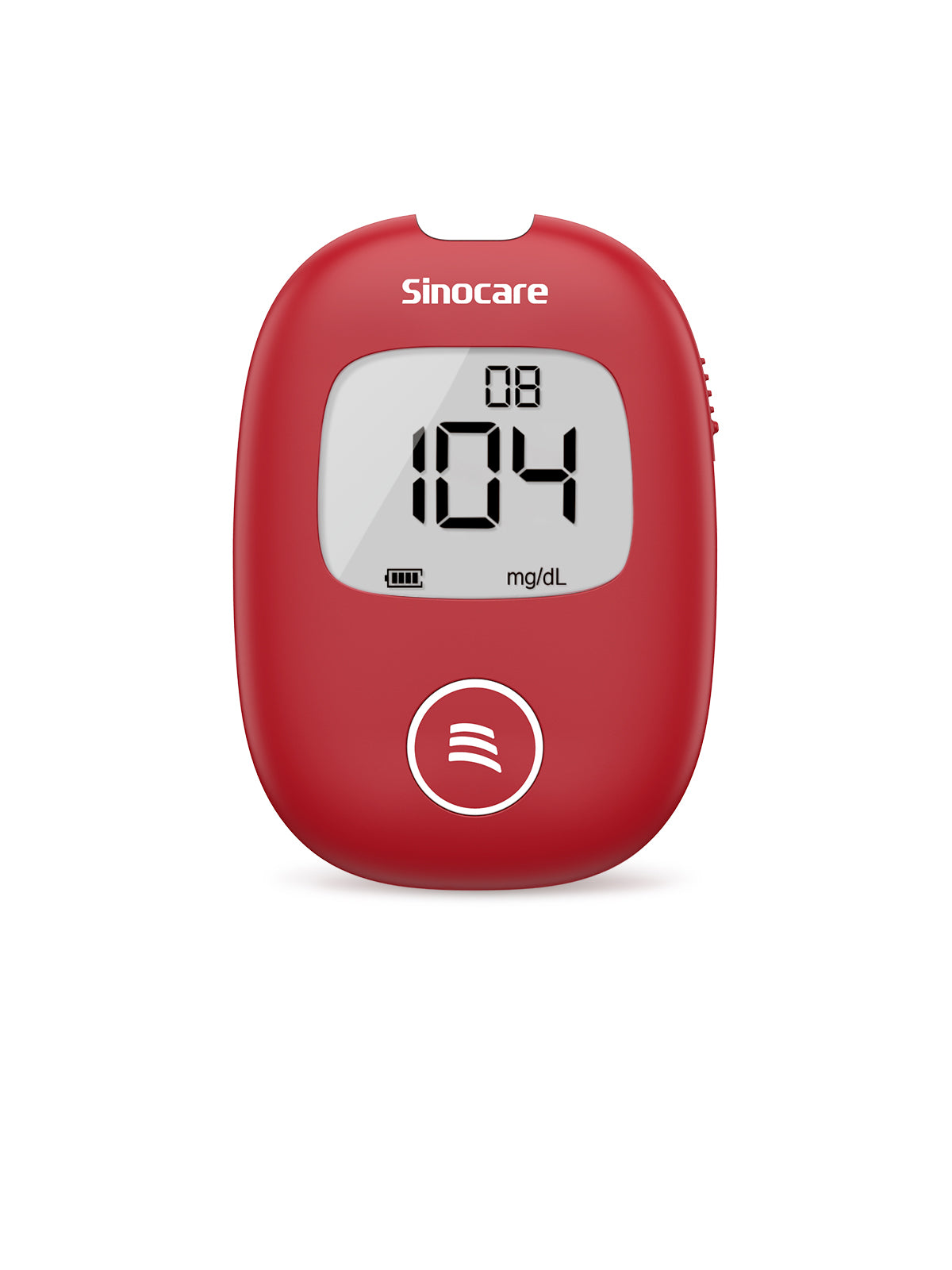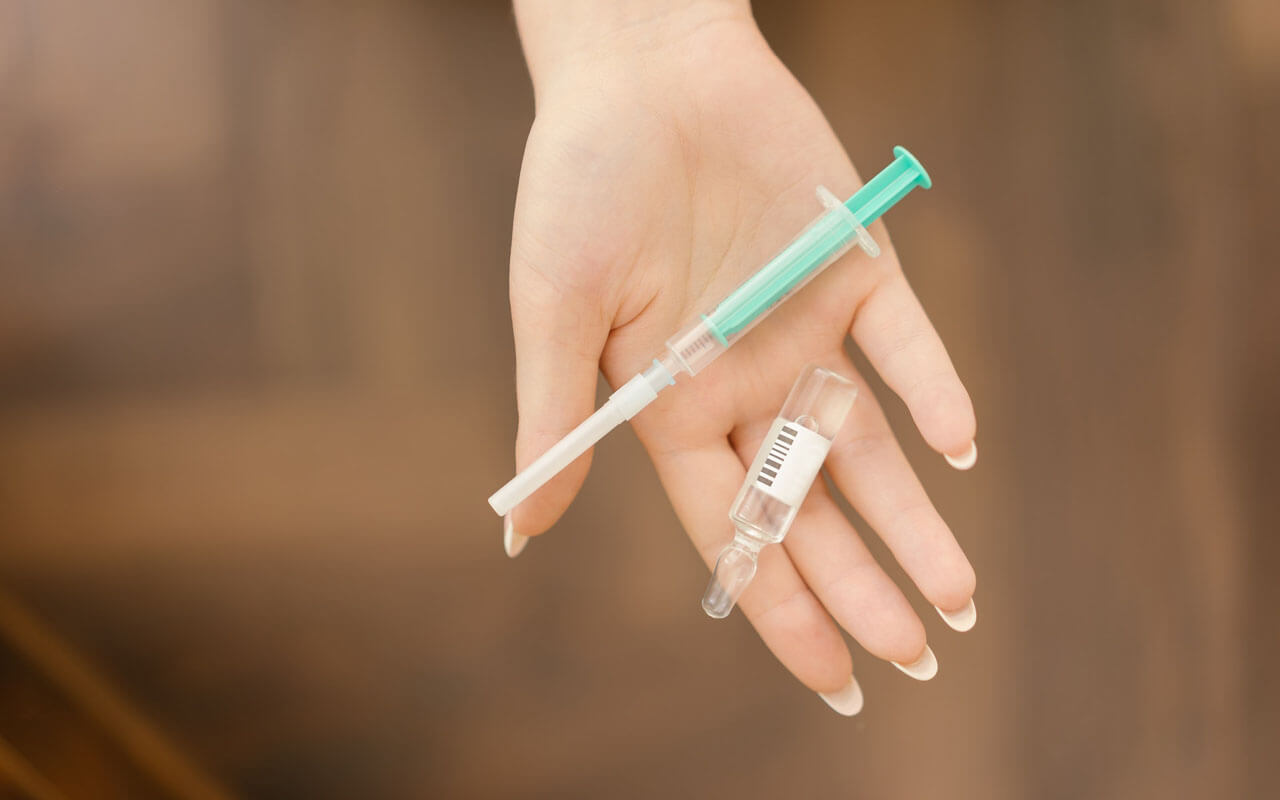Diabetic nephropathy, a complication of diabetes affecting the kidneys, requires careful attention to dietary choices. A balanced diet plays a crucial role in managing this condition effectively. If you or someone you know is navigating life with diabetic nephropathy, understanding how to eat properly is essential for maintaining health and quality of life.

Understanding Diabetic Nephropathy
Diabetic nephropathy is a progressive kidney disease caused by damage to the small blood vessels in the kidneys due to high blood sugar levels over time. It is a common complication of diabetes and can lead to kidney failure if left unmanaged. Managing diabetic nephropathy involves a comprehensive approach, with diet playing a pivotal role.
Reducing Salt and Processed Food Intake
When it comes to treating kidney disease, salt is a primary consideration. Consuming excessive salt can lead to edema, causing swelling in the feet, ankles, legs, and hands, along with symptoms like shortness of breath and high blood pressure. Cutting back on salt not only helps lower blood pressure but also reduces the workload on the kidneys.
Typically, people think that salt mainly comes from the salt we add to our food, but this is not entirely true. Most of the salt we consume daily comes from processed foods.
For instance, processed meats (such as ham, bacon, and sausage), snacks, cheese, takeaway foods, as well as ready-made sauces and seasonings.
It is recommended that diabetic nephropathy patients limit their daily salt intake to less than 5 grams. Therefore, to reduce salt intake, here are some recommended methods:
- Eat more fresh foods, such as vegetables, fruits, unprocessed and unseasoned meats, fish, and poultry.
- Minimize or avoid packaged and processed foods.
- Purchase foods labeled as salt-free, extremely low salt, low salt, no added salt, sodium-free, or lightly salted.
- When reading food labels, choose products with a sodium content of less than 400 milligrams per 100 grams.

Reducing Protein Intake
The human body needs protein to build muscle, repair tissues, and enhance immunity. However, when the intake of protein exceeds the body's needs, it is converted into urea nitrogen and excreted from the kidneys, and the workload on the kidneys increases significantly.
Therefore, to reduce the burden on the kidneys, it is important to decrease protein intake. The body's protein requirements vary at different stages of kidney disease.
So, how can you consume an appropriate amount of protein? The portion size of protein should be about the size of your palm. In each meal, all high-protein foods should only make up one-quarter of your portion or just fill one-quarter of your plate. Include at least one vegetarian meal (without meat) each week.
Read food labels (nutrition facts) to become familiar with the protein content of high-protein foods such as chicken, beef, lamb, fish, tofu, and eggs. Then, calculate your protein intake based on your serving size.
Paying Attention to Quantity and Quality of Carbohydrates
Paying attention to both the quantity and quality of carbohydrates is crucial for individuals with kidney disease, mirroring the dietary requirements of diabetic patients. Opting for grain foods rich in dietary fiber and incorporating carbohydrates with a low glycemic index into each meal are recommended strategies. It's essential to monitor the portion size of carbohydrates and limit the intake of high-sugar foods. Distributing carbohydrate intake evenly throughout the day ensures a balanced approach. Moreover, every meal should ideally contain carbohydrates, high-quality protein, and ample vegetables for optimal nutrition.
Intake of high-potassium and high-phosphorus foods
Additionally, kidney disease patients need to be mindful of their intake of high-potassium and high-phosphorus foods. Potassium and phosphorus, micronutrients filtered by the kidneys, may accumulate in the bloodstream as kidney function declines.
High-potassium foods include bananas, oranges, apricots, and grapefruits; dried fruits such as prunes, raisins, and dates; cooked spinach and cooked broccoli; potatoes and sweet potatoes.
High-phosphorus foods include beer, brewer's yeast, chocolate drinks, cola, canned iced tea, bottled drinks containing phosphate additives; cheese, ice cream, pudding; oysters, animal organs, caviar; chocolate, chocolate candies, caramel; most processed foods/deli meats/sausages, pizza.

Final Thought
Managing dietary choices is paramount in effectively handling diabetic nephropathy. By reducing salt and processed food intake, moderating protein consumption, and being mindful of carbohydrate quality and quantity, individuals can better manage their condition. Additionally, paying attention to potassium and phosphorus levels in foods can further support kidney health. A balanced diet tailored to specific needs can significantly improve overall well-being and quality of life.










Commenta
Nota che i commenti devono essere approvati prima di essere pubblicati.
Questo sito è protetto da hCaptcha e applica le Norme sulla privacy e i Termini di servizio di hCaptcha.